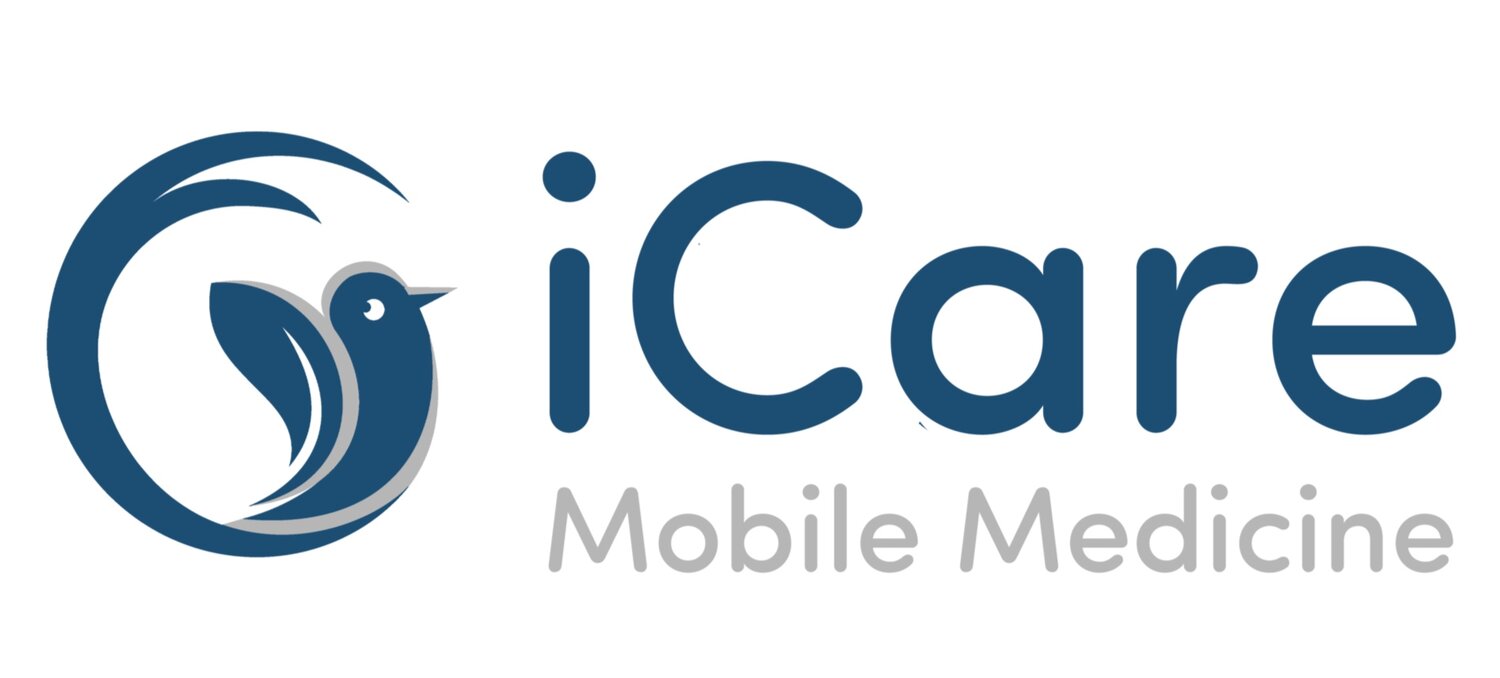Depression
Depression is a medical condition that affects your mood and ability to function. Depression types include clinical depression, bipolar depression, dysthymia, seasonal affective disorder and others. Treatment options range from counseling to medications to brain stimulation and complementary therapies.
What is depression?
Depression is a medical condition that affects your mood and ability to function.
Depressive symptoms include feeling sad, anxious or hopeless. The condition can also cause difficulty with thinking, memory, eating and sleeping. A diagnosis of major depressive disorder (clinical depression) means you have felt sad, low or worthless most days for at least two weeks while also having other symptoms such as sleep problems, loss of interest in activities, or change in appetite.
Without treatment, depression can get worse and last longer. In severe cases, it can lead to self-harm or death. Fortunately, treatments can be very effective in improving symptoms of depression.
What are the types of depression?
Healthcare providers name depression types according to symptoms and causes. These episodes often have no obvious cause. In some people, they can linger much longer than in others for no clear reason.
Types of depression include:
Major depressive disorder (MDD): Major depression (clinical depression) has intense or overwhelming symptoms that last longer than two weeks. These symptoms interfere with everyday life.
Bipolar depression: People with bipolar disorder have alternating periods of low mood and extremely high-energy (manic) periods. During the low period, they may have depression symptoms such as feeling sad or hopeless or lacking energy.
Perinatal and postpartum depression: “Perinatal” means around birth. Many people refer to this type as postpartum depression. Perinatal depression can occur during pregnancy and up to one year after having a baby. Symptoms go beyond “the baby blues,” which causes minor sadness, worry or stress.
Persistent depressive disorder (PDD): PDD is also known as dysthymia. Symptoms of PDD are less severe than major depression. But people experience PDD symptoms for two years or longer.
Premenstrual dysphoric disorder (PMDD): Premenstrual dysphoric disorder is a severe form of premenstrual disorder (PMS). It affects women in the days or weeks leading up to their menstrual period.
Psychotic depression: People with psychotic depression have severe depressive symptoms and delusions or hallucinations. Delusions are beliefs in things that are not based in reality, while hallucinations involve seeing, hearing, or feeling touched by things that aren’t actually there.
Seasonal affective disorder (SAD): Seasonal depression, or seasonal affective disorder, usually starts in late fall and early winter. It often goes away during the spring and summer.
Symptoms of Depression
Although depression may occur only once during your life, people typically have multiple episodes. During these episodes, symptoms occur most of the day, nearly every day and may include:
Feelings of sadness, tearfulness, emptiness or hopelessness
Angry outbursts, irritability or frustration, even over small matters
Loss of interest or pleasure in most or all normal activities, such as sex, hobbies or sports
Sleep disturbances, including insomnia or sleeping too much
Tiredness and lack of energy, so even small tasks take extra effort
Reduced appetite and weight loss or increased cravings for food and weight gain
Anxiety, agitation or restlessness
Slowed thinking, speaking or body movements
Feelings of worthlessness or guilt, fixating on past failures or self-blame
Trouble thinking, concentrating, making decisions and remembering things
Frequent or recurrent thoughts of death, suicidal thoughts, suicide attempts or suicide
Unexplained physical problems, such as back pain or headaches
Depression symptoms in children and teens
Common signs and symptoms of depression in children and teenagers are similar to those of adults, but there can be some differences.
In younger children, symptoms of depression may include sadness, irritability, clinginess, worry, aches and pains, refusing to go to school, or being underweight.
In teens, symptoms may include sadness, irritability, feeling negative and worthless, anger, poor performance or poor attendance at school, feeling misunderstood and extremely sensitive, using recreational drugs or alcohol, eating or sleeping too much, self-harm, loss of interest in normal activities, and avoidance of social interaction.
When to seek care
If you feel depressed, make an appointment to see your doctor or mental health professional as soon as you can. If you're reluctant to seek treatment, talk to a friend or loved one, any health care professional, a faith leader, or someone else you trust.
When to get emergency help
If you think you may hurt yourself or attempt suicide, call 911 or your local emergency number immediately.
Also consider these options if you're having suicidal thoughts:
Call your doctor or mental health professional.
Call a suicide hotline number — in the U.S., call the National Suicide Prevention Lifeline at 1-800-273-TALK (1-800-273-8255). Use that same number and press "1" to reach the Veterans Crisis Line.
Reach out to a close friend or loved one.
Contact a minister, spiritual leader or someone else in your faith community.
If you have a loved one who is in danger of suicide or has made a suicide attempt, make sure someone stays with that person. Call 911 or your local emergency number immediately. Or, if you think you can do so safely, take the person to the nearest hospital emergency room.
Resources:
-Cleveland Clinic
-Mayo Hospital
-National Institute of Mental Health
